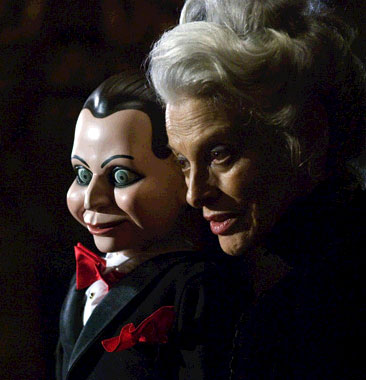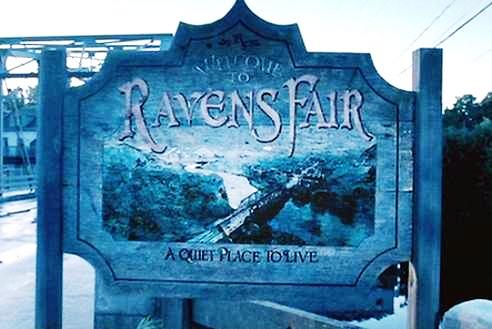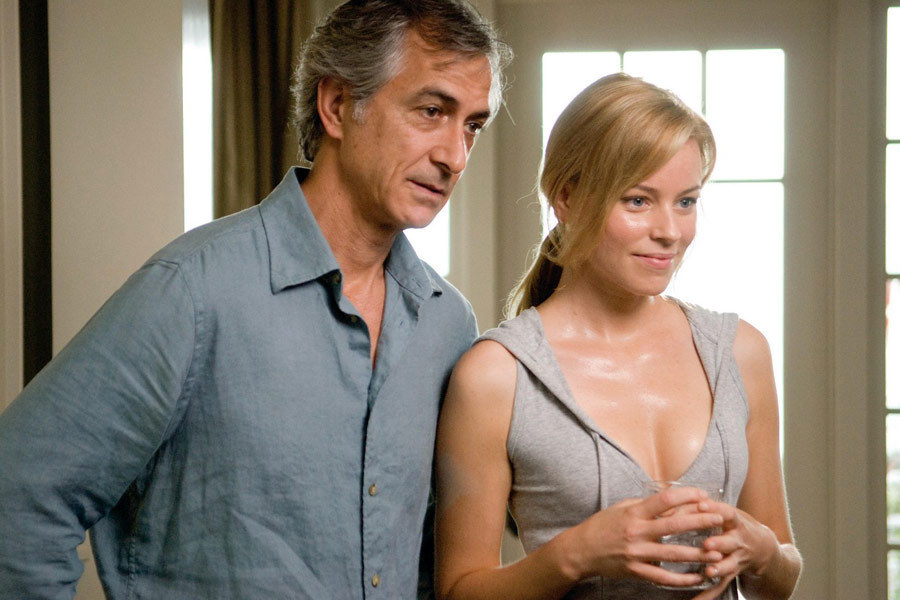Today we was talking about film structure and it's importance in movies. Although it may not seem particularly obvious as films are made to look so realistic but the film stories are not about relating to real life experiences exactly how they happen. As an audience we'd find it very tedious and boring watching actors/actresses get up and do daily routines such as eat breakfast, brush teeth ect. We already know these things happen but we don't always need to see it. Usually activities as minuscule and average as these are only placed in the storyline if it has some meaning or value to the scene being filmed.
The process of structuring a storyline for the big screen is about making the right creative choices on which actions, events and characters that would be the best ones to tell the story. The word story, also known as premise, is the actual content of the movie and the structure is the form or the way in which you tell the story. Screen stories can be structured into three distinct 'Acts' that have the following features:
- Act One - This introduces the main character(s) and sets up the conflict that is the story of the film. The end of Act One is the moment in which something significant happens; changing the course of the story.
- Act Two - This is when the catalytic consequences are explored, raising such questions as What happens? What complications arise? How does it affect the character(s)? What are the possible outcomes?
- Act Three - This is the part of the story that tells us the outcome and tie up all the loose ends and should ensure that the audience understand what the storyline was all about;answering all questions in Act Two. By the end of the film the theme should be clear so that the audience understand that the story is thematically about 'love' 'justice' or 'growing' ect. However this can already be clear from the start but often we find the real meaning behind the story is in Act Three, the end.
As part of our task we we're told to choose 2 films and apply the 3 Act Structure to demonstrate how they are applied to actual movies. My first choice of film is the horror flick Dead Silence. Sticking with our ideas of possession and psychological hauntings. A little about the movie taken from IMDB:
"A widower returns to his home town in search of answers for his wife's murder, which may be linked to the ghost of a murdered ventriloquist."
- Act One - The movie starts off introducing the main character, Jamie Ashen(Ryan Kwanten)and his wife Lisa(Laura Regan)in their apartment. That same night they receive a mysterious, unmarked package. Inside it contains a ventriloquist doll named, "Billy". Jamie and his wife disregard the package and Jamie leaves to get their dinner for the evening. On his arrival home he finds his wife murdered, sat upright in their bed with her tongue ripped out; also to see Billy, the ventriloquist doll, lying next to the bed. At this point in the movie the catalytic moment has struck and has signified the change the course of story has taken. This is also where plot one raises it's head as it's opening the doors to many questions and no very many answers, although it may seem obvious the audience do not know how or why this murder of Jamie's wife occurred.
(Mary Shaw with puppet, Billy)
(Ravens Fair town welcome sign)
(Jamie's father with new wife, Ella)
- Act Two - This leads nicely to Act Two where the questions are getting more and the audience are hooked into the plot. Jamie later then discovers that the doll, Billy, was once own by ventriloquist, Mary shaw who resided in his hometown Ravens Fair. While in his home town Jamie visits his father and his new wife, Ella (Amber Valletta)who speaks for his father as he is very old and wheelchair bound. This in itself poses a lot of questions and Ella is always standing behind him at the times of his speaking, he doesn't talk when she isn't. The outstanding question is 'Who is Mary shaw?' and Jamie soon finds out she was a famous ventriloquist who's ambition was to create the perfect puppet. After a lot of investigation Jamie soon discovers that Mary Shaw is behind all the deaths; she was murdered by the towns folk and she has taken her revenge out of the towns people's relatives ever since. This is where plot two crops up and leads up to Act Three.
(Ravens Fair Theatre)
(Inside Ravens Fair Theatre - 100 Puppets)
(Detective Lipton and Jamie Ashen)
- Act Three - This is the part of the storyline when the protagonist resolves the issues and tells us of the outcome. Through their journey they tie up all the loose ends and ensures the audience has the correct understanding. For Dead Silence, Jamie explores around the old theatre with Detective Lipton and discovers all of Mary Shaw's puppets, over 100 all in glass cases against the wall. They are soon greeted by Mary Shaw's ghost who jumps out at them and Lipton fires his gun at her, but goes straight through her. Jamie soon comes to the conclusion that the dolls are her only weakness and by destroying them he will ultimately destroy Mary Shaw. This is known as the 'climax' in a movies storyline. Where the protagonist and the main villain fight it out between each other. With the knowledge about destroying the dolls, they decide to light the theatre and the dolls on fire, but this leads them into being chased by Shaw and Lipton ends up dying. Jamie escapes and the building is engulfed in flames, finally destroying all of her dolls. But, Jamie remembers the only doll left is Billy that he earlier received in the mail. Jamie retraces his steps back to where he last left Billy and was told to go to his father who had not long taken the doll. When arriving at the house he sees his dad emotionless in his wheelchair and Ella nowhere to be seen. He soon discovers his fathers back had been carved out and replaced with a stick like a ventriloquist dummy. Ella then enters the room and says "Who's the dummy now?" Jamie regrettably screams and Shaw's ghost comes through Ella and takes his tongue.
For my second film I've chosen to look into the movie The Uninvited, starring Emily Browning. This movie has been one of my favoured horror/thriller films and it holds a strong physiological plot within it.
Act One - You're introduced to the protagonist, Anna (played by Emily Browning) who has recently been discharged from a psychiatric institution. We learn a lot about this character in act one and find out she is very unstable and has frequent nightmares of her late mothers death in the boat house. This is the build up and where questions start to form. Anna is then startled by a talkative, disturbing patient who is staying in the room across from her. She soon after leaves with her father to their home. When at home Anna is reunited with her sister, Alex (Arielle Kebbel) who has a mutual dislike for their fathers girlfriend, Rachel (Elizabeth Banks.) This is the setting of the conflict. The audience realize at this point that something is unsettled within the story and things will begin to unravel.
(Anna being discharged from the institute)
(Alex and Anna with dad's girlfriend, Rachel in the background.)
(The sister's dad and his girlfriend, Rachel)
Act Two - Anna begins to get these 'visions' from her dreams happening while she is awake and informs Alex of these happenings. She starts to believe that the hallucinations are messages from her dead mother. Here is the catalytic moments when her 'dreams' are being explored and Anna is searching for answers. During this act lots of questionable events occur leaving the audience confused yet wanting more, answers. Anna then starts to question Rachel's background, as her previous occupation was a nurse and was looking after the sisters late mother; but research could not be found raising more questions as to who she is. The girls then start to conflict with Rachel, leading to Act Three.
(Police informing Alex and her dad on the body of Anna's friend found that day.)
(Body of the boy; Anna's friend.)
(Anna and Alex discussing Rachel's background.)
Act Three - The outcome. Tying up all loose ends and wrapping up the story for the audience. In this part there should be no one left with questions, unless intentionally so. The Uninvited ends with Anna and Rachel at feuds. She believes Anna is a nanny named Mildred Kemp who murdered three children and has an unhealthy obsession with their father. Anna makes a run to the local police station to inform them of her theory and they don't believe her, thus asking Rachel to come and pick her up. Anna is put to bed by her. Anna sees her sister in the doorway with a knife and indicates to be quiet; she then soon passes out. Anna awakes to find out Alex killed Rachel and hid her body away in the dumpster. Relieved the girls run outside to find their dad arriving home. Anna informs him of Rachel and what Alex did to protect them, but her father is puzzled and tells Anna that Alex died in the fire along with her mother. Here the audience are fooled and immediately hooked back in as Anna remembers what actually happened the night of the fire. She is left holding the bloody knife in her own hands instead of holding her sisters. The audience find out here she has severe schizophrenia and dissociation identity disorder. Police come to take Anna back to the institution where the patient from before is. We see the name on the door labelled as, Mildred Kemp. Anna smiles vaguely and the film cuts to credits.
(Anna after realizing what the truth is.)
Conclusions:
Although the story line for the movie Dead Silence wasn't a typical happy one, it describes and shows the classic 3 Act Structure which movies surround their plots with. I enjoyed this plot and structure as it was yes, linear structure but understandable and easy to follow. However, The Uninvited, although following the 3 act structure is had it's elements of non-linear structure with the flashbacks towards the end and mysterious story line. Out of both movies I enjoyed The Uninvited more, the psychological sub-genre always hooks me in and I think this element is what movie goers, horror enthusiast especially love most.






















No comments:
Post a Comment